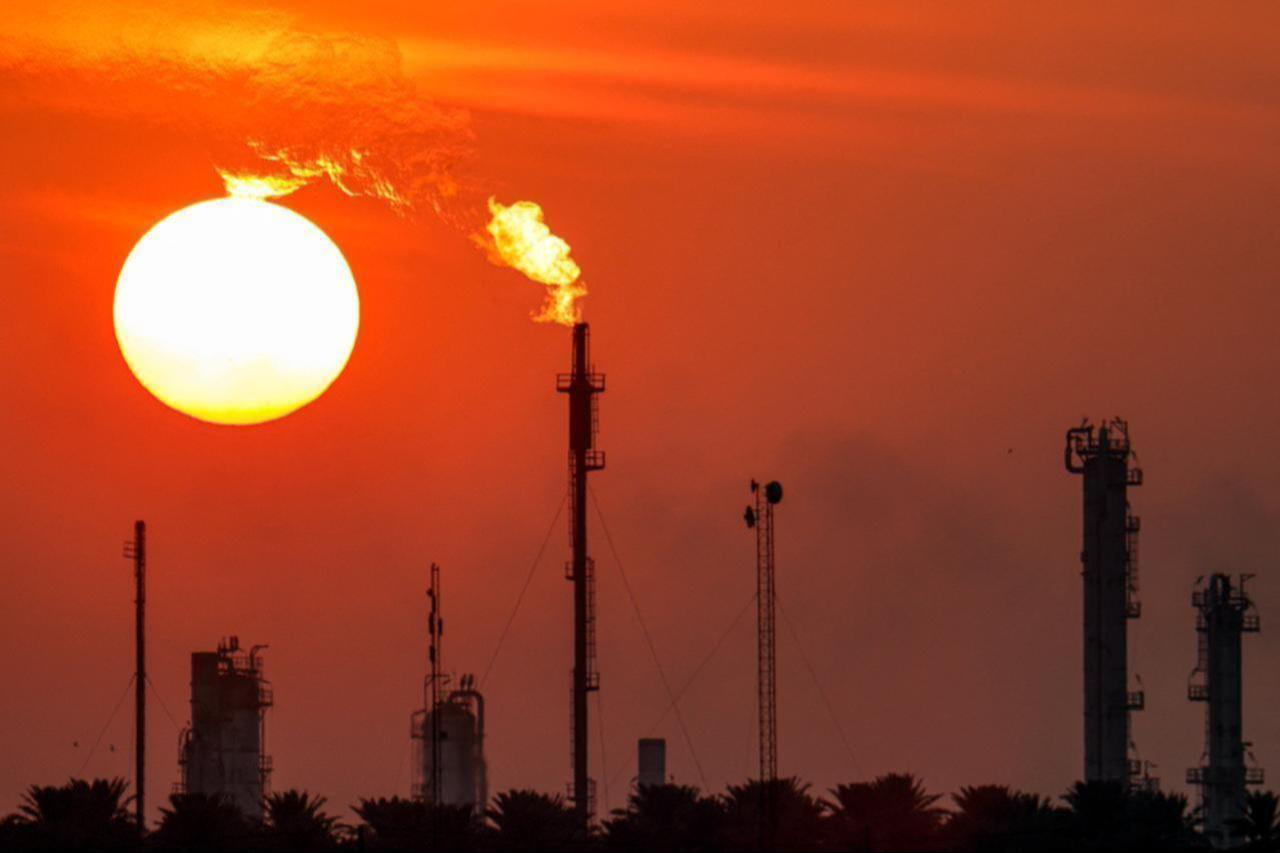
Global oil supply reached an all-time high in August to 106.9 million barrels per day (mbd), as producers in the OPEC+ group and several non-member countries increased output, the International Energy Agency (IEA) said in its monthly report.
The IEA noted that Saudi Arabia, Russia, and six other OPEC+ members have been gradually raising production after years of restraint, and the group also announced another production hike earlier this month.
Non-OPEC+ countries—including the United States, Brazil, Canada, Guyana, and Argentina—also recorded output "at or near all-time highs," the Paris-based agency added.
Despite the increase in demand during August, the IEA projects a global surplus in 2025. The agency forecasts total supply to average 105.8 mbd next year, outpacing demand at 103.9 mbd. By 2026, supply is expected to reach 107.9 mbd against demand of 104.6 mbd.
The report said investor sentiment towards oil remains "strongly bearish" as expectations of oversupply continue to limit price gains. Brent crude, the international benchmark, averaged $67 per barrel in August, down $2 from July.

The IEA revised its 2024 global demand growth forecast upward by 60,000 barrels per day, bringing the increase to 740,000 barrels per day compared with last year. This would raise total demand to 103.88 mbd.
The adjustment was attributed to lower oil prices, a partial improvement in the global economic outlook, and strong deliveries in several developed economies. OECD demand is expected to decline slightly by 35,000 barrels per day to 45.81 mbd, while demand in non-OECD countries is set to rise by 772,000 barrels per day to 58.07 mbd.
Looking further ahead, the IEA estimates global demand will reach 104.57 mbd in 2026, representing an annual increase of 700,000 barrels compared with 2024.